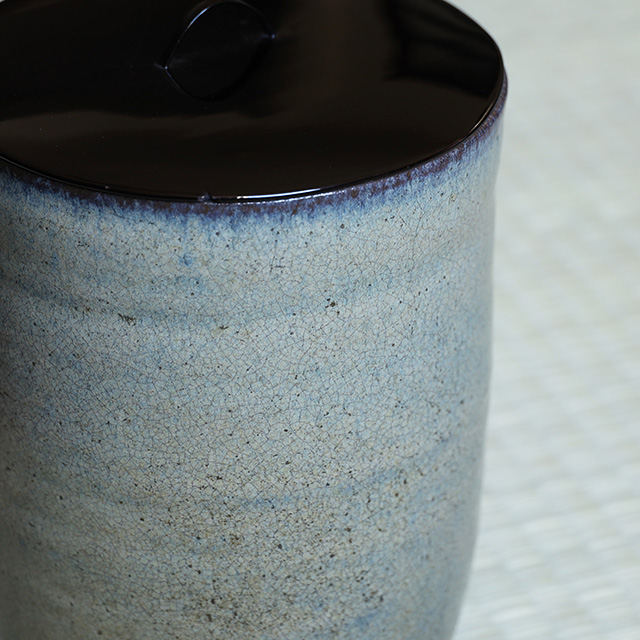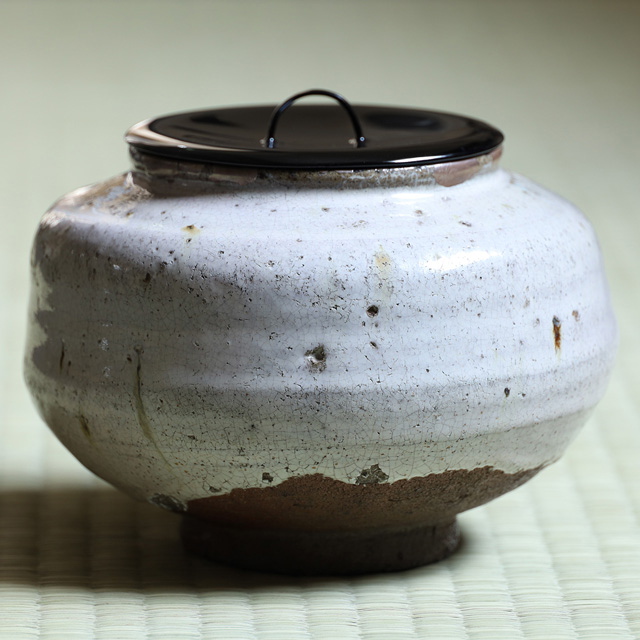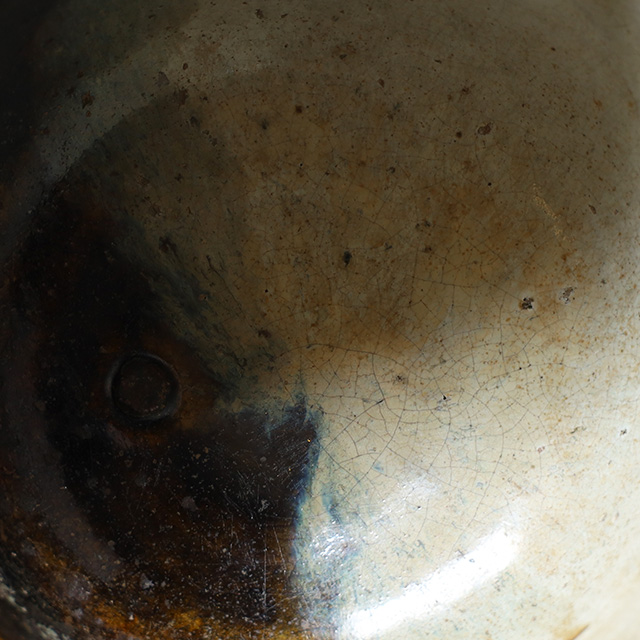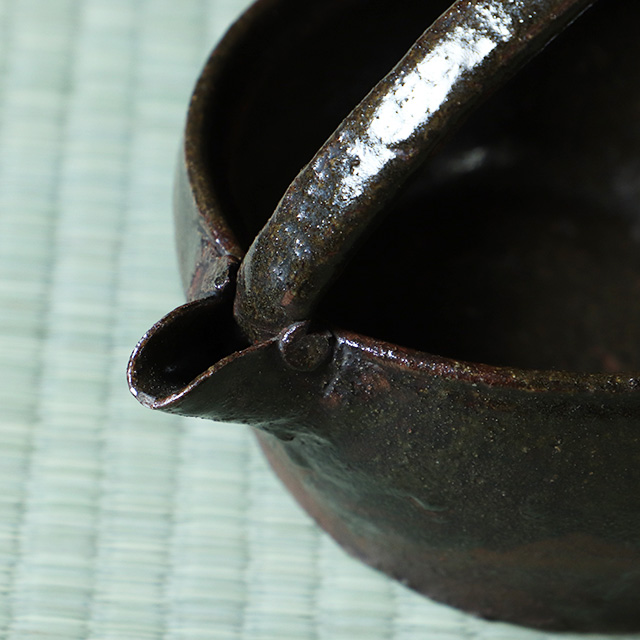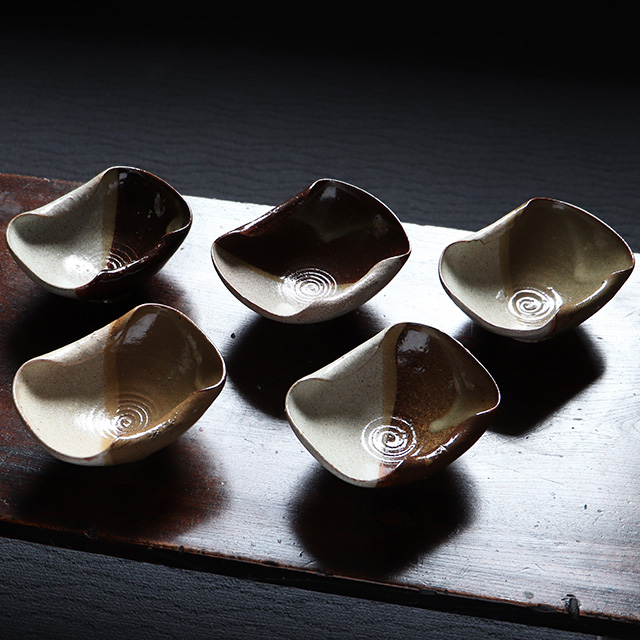Takatori Ware
高取焼

https://tenpyodo.com/en/product1/cat/japanease-en/(Fine Arts ⇒ Japanese Antique)
Takatori Ware
Takatori ware developed as an official kiln under the patronage of the Kuroda clan, rulers of the Chikuzen Province (present-day Fukuoka). Through multiple relocations, it retained the lineage of a domain kiln while producing tea ceramics that responded to the aesthetic ideals of Kobori Enshū. It came to be celebrated as one of the “Seven Kilns of Enshū”. Its origins trace back to the Bunroku and Keichō campaigns, when a Korean potter named Hachizan (Japanese name: Takatori Hachizō) was brought to Japan. At the command of Kuroda Nagamasa, the first lord of the Fukuoka domain, he established a kiln at the foot of Mount Takatori (now in Nogata City, Fukuoka Prefecture). While the exact founding date remains uncertain, it is believed that after Nagamasa was transferred from Nakatsu in Buzen to Fukuoka in Chikuzen in 1600 (Keichō 5), Hachizan began operations around 1602 (Keichō 7) at the Eimanji Takuma kiln. In 1614 (Keichō 19), the kiln was relocated to Uchigaiso, where bold design elements favored by Furuta Oribe—such as distorted forms, asymmetry, and layered glazes—were actively adopted, reflecting the dynamic trends of tea ceramics at the time. After Oribe’s death, Enshū assumed the role of tea utensil advisor to the Tokugawa shogunate, and his philosophy of kirei-sabi (refined rusticity) gradually permeated the ceramic world. Following Nagamasa’s death in 1623 (Genna 9), Hachizan and his son requested permission to return to Korea in 1624 (Kan’ei 1), but incurred the displeasure of the second lord, Kuroda Tadayuki. They were ordered into seclusion in Kamiyamada Village, Kaho District (now Kama City, Fukuoka), where they established the Yamada kiln and produced everyday utensils with a small group of disciples. Tadayuki was an avid collector of tea utensils, and Hachizan’s exile prompted many potters to relocate to the Kamanokuchi kiln (Agano ware). In 1630 (Kan’ei 7), Hachizan and his son were pardoned and returned to open the Shirahatayama kiln at the foot of Mount Shirahata (now Iizuka City, Fukuoka). Prior to this, they are said to have received technical guidance under Enshū in Fushimi, resulting in the production of thinly thrown, elegant tea ceramics known as “Enshū Takatori”. Fragments confirm that Enshū-style chaire (ceramic tea jars) were already being fired at the Uchigaiso kiln. With the establishment of the Shirahatayama kiln, the style underwent a significant transformation, and many exceptional chaire were produced. The historical prestige of Takatori ware owes much to the refined and graceful forms of “Enshū Takatori”. Among Enshū’s collection of domestic tea utensils, Takatori ware held a prominent place. Hachizan passed away in 1654 (Jōō 3) at Shirahatayama. Under the third and fourth lords, Kuroda Mitsuyuki and Kuroda Tsunamasa, the kiln continued to relocate and expand. In 1665 (Kanbun 5), it moved to the Koishiwara Tsuzumi kiln (now Tōhō Village, Asakura District, Fukuoka). During the Tenwa era (1681–84), records indicate that works were crafted within Fukuoka Castle and later fired at Koishiwara following presentation to the lord. In 1688 (Genroku 1), the kiln was relocated to Ōgatani kiln (now Terukuni, Chūō Ward, Fukuoka City), but was closed in 1704 (Genroku 17) after producing inappropriate wares for the Nagasaki magistrate, which incurred the wrath of Lord Mitsuyuki. The domain kiln remained inactive for approximately 12 years. During the Hōei era (1704–11), a new kiln site was established in Arato Shinmachi (now Arato, Chūō Ward, Fukuoka City), and in 1716 (Kyōhō 1), the Higashisarayama kiln (now Sohara, Sawara Ward, Fukuoka City) was opened. This became the final kiln in the lineage of the domain kilns, continuing operations until the abolition of feudal domains in 1871 (Meiji 4). Today, the legacy of Takatori ware is carried forward by potters such as Takatori Hachizan, Takatori Hassen, Onimaru Hekizan, and Kamei Miraku. Their works preserve the dignified spirit of “Enshū Takatori” through traditional techniques. Embodying the aesthetics of kirei-sabi, these vessels radiate quiet elegance and profound refinement, and remain deeply revered in the world of tea.
Eimanji Takuma Kiln 1602-1614
The eimanjitakuma kiln is the earliest known kiln and is said to be the birthplace of takatori ware. It is located on the border between chikuzen province(kuroda clan) and buzen province(hosokawa clan), and adjacent to the kamanokuchi kiln(agano ware). The nogata city board of education conducted an excavation survey in 1982. It is the small kiln with a total length of 16.6m, and the excavated pottery fragments have been confirmed to include bowls, dishes, jars, mortars, and a small amount of tea pottery. It is characterized by a glaze that resembles the surface of a sea cucumber, and there are only a few works, making it highly prized. The eimanjitakuma kiln site was designated as an intangible cultural property by nogata city in 1988.
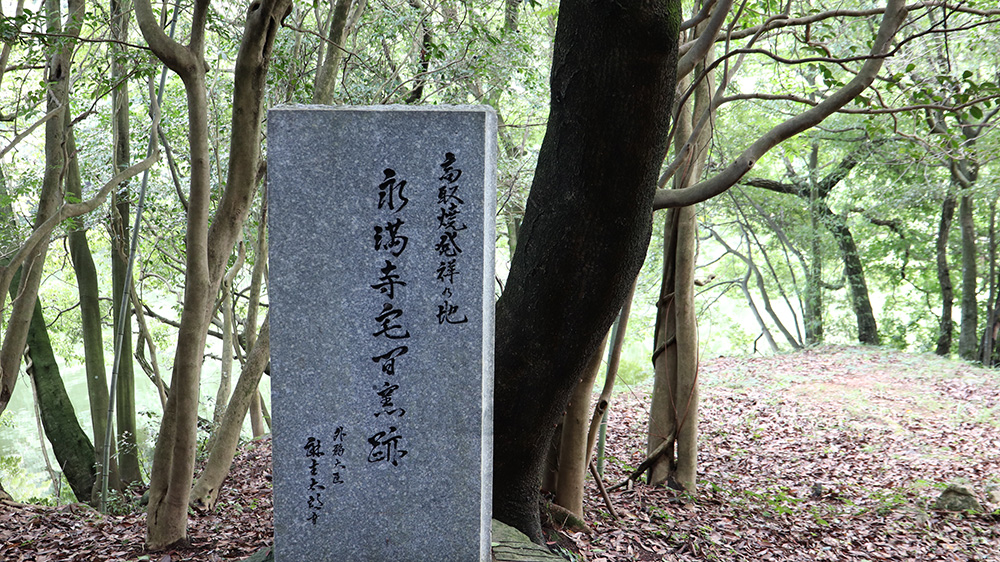
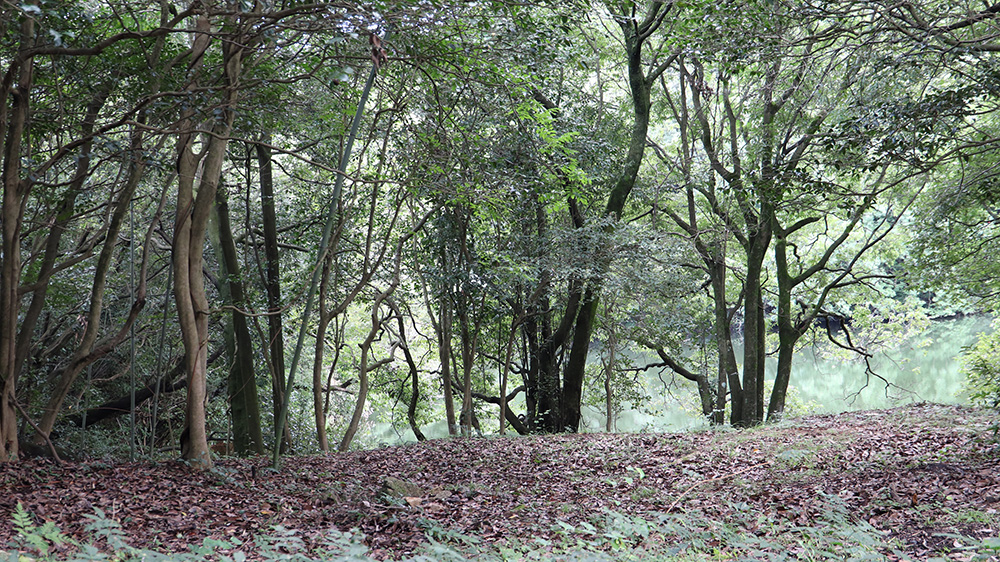
Uchigaiso Kiln 1614-1624
The Uchigaiso kiln, located in present-day Nogata City, Fukuoka Prefecture, possessed firing capabilities that surpassed those of the Eimanji Takuma kiln. It produced tea ceramics favored in the Oribe style, distinguished by their bold individuality and expressive forms. These works employed a wide array of glazes—including wood ash, straw ash, iron, feldspar, copper, and two-tone combinations—as well as advanced and varied techniques such as tataki (paddled) forming. In response to the planned construction of the Fukuchi Mountain Dam at the foot of Mount Fukuchi, the Nogata City Board of Education conducted archaeological excavations from 1979 (Shōwa 54) to 1981 (Shōwa 56). These investigations revealed a large-scale, multi-chambered climbing kiln (noborigama), measuring 46.5 meters in total length and comprising 14 firing chambers and one stoking chamber. Excavated artifacts included chaire (ceramic tea jars), tea bowls, mizusashi (fresh water jars), flower vases, and mukōzuke, alongside a wide range of everyday wares. Based on the findings of this survey, many exemplary pieces previously classified as Karatsu ware, Agano ware, or Hagi ware were reattributed to the Uchigaiso kiln, resulting in revisions to their ceramic provenance. The Chikuzen no Kuni Zoku Fudoki (Supplementary Gazetteer of Chikuzen Province) records not only the presence of the Takatori potters led by Hachizan, but also the group associated with Igarashi Jizaemon. Igarashi was a retainer of Terazawa Hirotaka, Shima-no-kami, lord of the Karatsu domain in Hizen Province, and was well-versed in Seto-style ceramic techniques. It is said that the second lord of the Fukuoka domain, Kuroda Tadayuki, through the mediation of Kamya Sōtan, retained Igarashi and had him work alongside Hachizan’s group to produce wares that suited his personal taste.
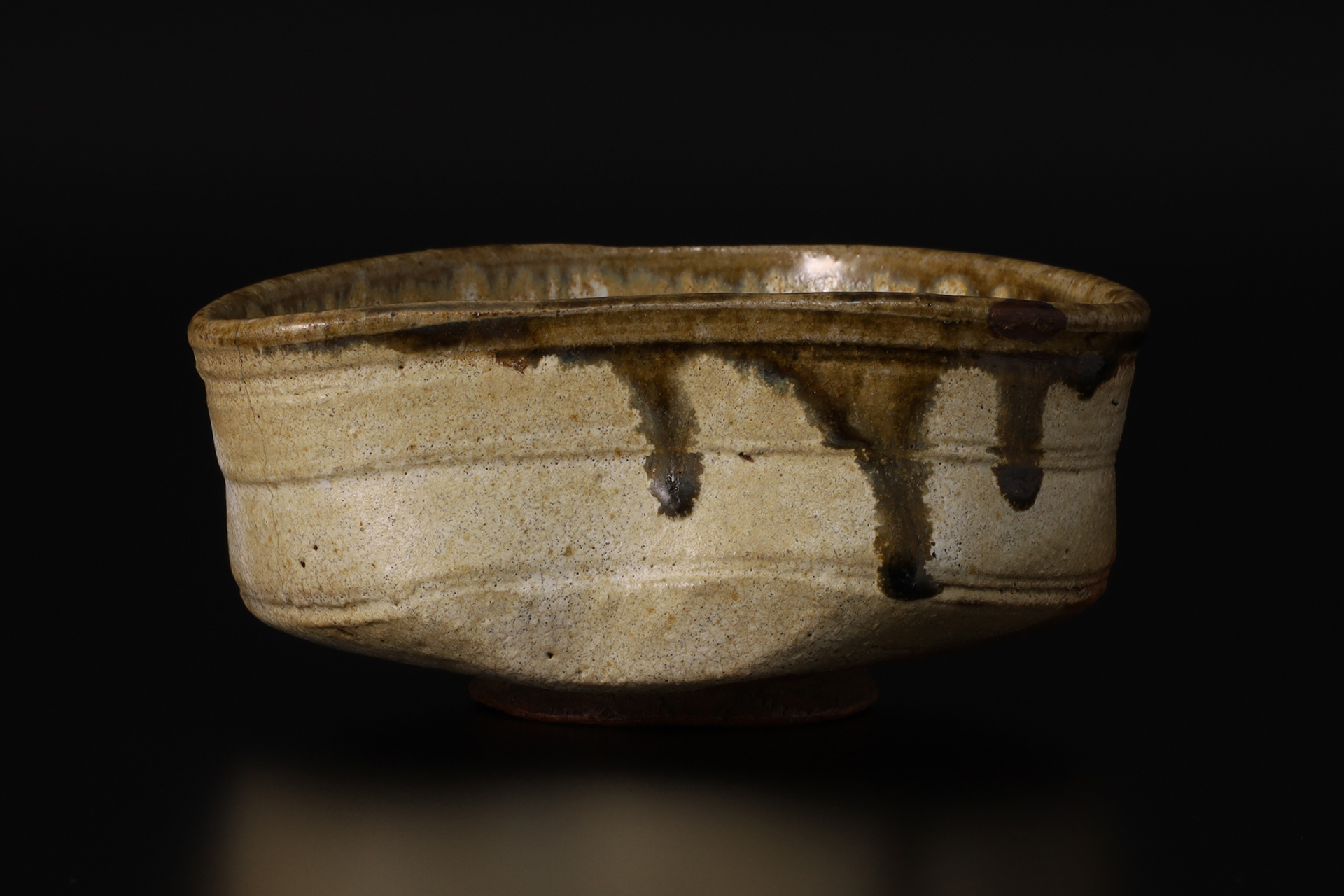
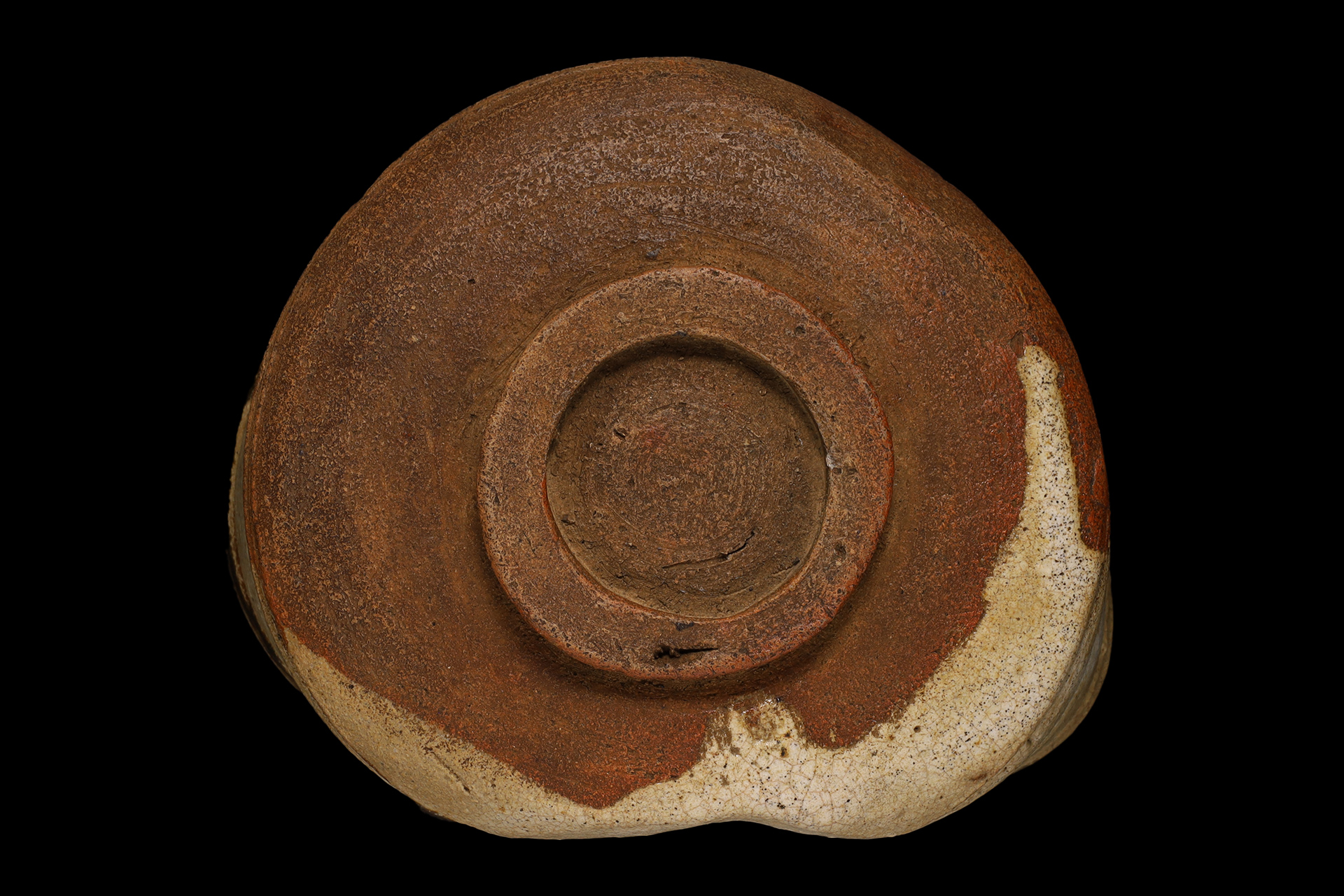
We sell and purchase Takatori Ware
We have a physical shop in Hakata-ku, Fukuoka City, where we sell and purchase "Takatori Ware" works. Drawing on a long career and rich experience in dealing, we promise to provide the finest service in the best interests of our customers. With the main goal of pleasing our customers, we will serve you with the utmost sincerity and responsibility until we close the deal.



